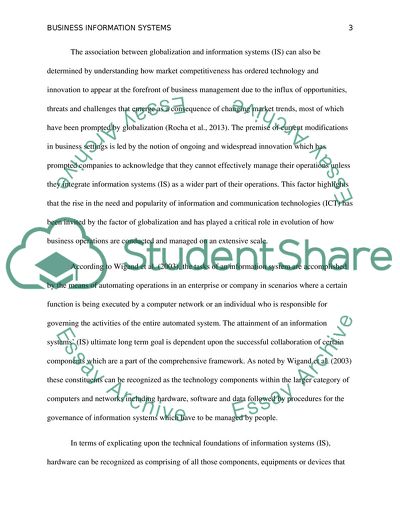Cite this document
(Understanding Information Systems Literature review, n.d.)
Understanding Information Systems Literature review. Retrieved from https://studentshare.org/information-technology/1814529-understanding-information-systems
Understanding Information Systems Literature review. Retrieved from https://studentshare.org/information-technology/1814529-understanding-information-systems
(Understanding Information Systems Literature Review)
Understanding Information Systems Literature Review. https://studentshare.org/information-technology/1814529-understanding-information-systems.
Understanding Information Systems Literature Review. https://studentshare.org/information-technology/1814529-understanding-information-systems.
“Understanding Information Systems Literature Review”, n.d. https://studentshare.org/information-technology/1814529-understanding-information-systems.


